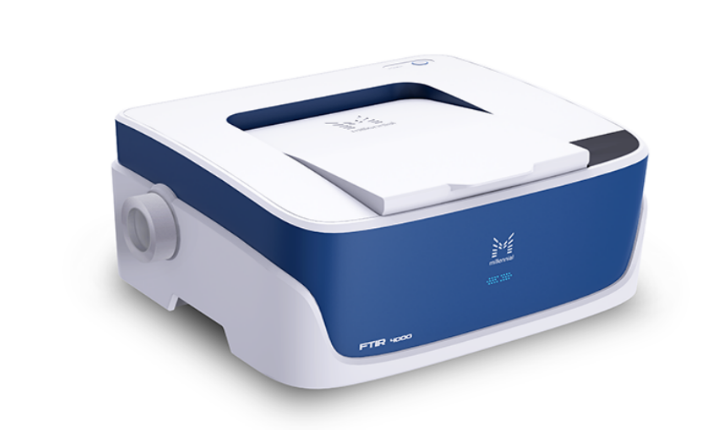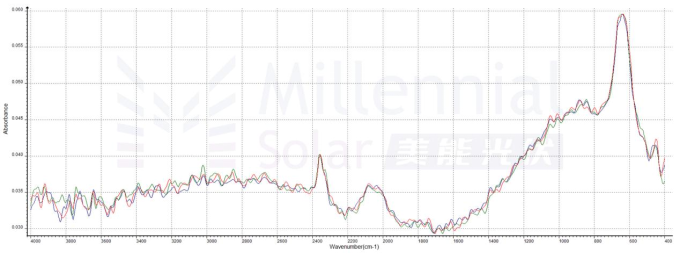
Quantum Efficiency Tester
PL/EL Integrated System
PV-Reflectumeter
3D Confocal Microscope
In-Line Four Point Probe Tester
Four Point Probe Tester
In-Line Thin Film Thickness Tester
Raman Spectrometer
FTIR Spectrometer
Spectrophotometer
Automatic Spectroscopic Ellipsometer
Contact Resistance Tester
Ultra depth of field 3D microscope
Auto Visual Tester
VMM PV Vision Measuring Machine
Solar Cell Horizontal Tensile Tester
Steady State Solar Simulator for Solar Cell
Solar Cell UV Aging Test Chamber
Solar Cell Comprehensive Tensile Tester
Visual Inspection Tester
Wet Leakage Current Tester
PV Module EL Tester
PV Module UV Preconditioning Chamber
Steady State Solar Simulator for PV Module
Current Continuous Monitor
Potential Induced Degradation Test
Bypass Diode Tester
LeTID Test System
Reverse Current Overload Tester
Impulse Voltage Tester
Hipot Insulation Tester
Ground Continuity Tester
Hipot Insulation Ground Tester
Damp Heat Test Chamber
Humidity Freeze Test
Thermal Cycle Test Chamber
Dynamic Mechanical Load Tester
Static Mechanical Load Tester
Hail Impact Tester
Robustness of Termination Tester
Module Breakage Tester
Cut Susceptibility Tester
Peel Shear Strength Tester
Universal Testing Machine (Single-arm)
Universal Testing Machine (Double-arm)
Glass Transmittance Tester
Acetic Acid Test Chamber
EVA Degree of Crosslinking Test System
Junction Box Comprehensive Tester
Drop ball tester
Semi-automatic scanning four-probe tester
Stylus Profilometer
Maximum Power Point Tracker
Perovskite Glass Transmittance Tester
Perovskite P1 Laser Scribing Multifunctional Testing Machine
Perovskite Online PL Tester
Perovskite Online Sheet Resistance Tester
Online Perovskite Film Thickness Tester
Perovskite Process Inspection Workstation
Portable IV Curve Tester
Portable EL Tester
Portable Thermal Imaging Tester
Solar Module Multi-Channel Testing System
PV Inverter Power Quality Tester
Drone EL Tester
IV Tester
IVEL Cell Sorting Machine
FTIR Spectrometer from Millennial Solar
Date : 2023-09-27Views : 170
In recent years, whether the production of solar cells is qualified has become an issue of widespread concern to more and more solar cell manufacturers. In order to enable solar cell manufacturers to more efficiently detect whether the process of amorphous silicon thin films in cells needs to be improved,
It is necessary to clearly understand the material structure and H content as well as its passivation situation. The FTIR Spectrometer produced by Millennial Solar can intuitively understand the passivation status of solar cells by measuring the generated infrared spectrum, helping cell manufacturers determine the passivation effect.

E-mail: market@millennialsolar.cn
![]()
Three elements of infrared spectrum
To observe the infrared spectrum obtained by measuring the solar cell using the Millennial FTIR Spectrometer, you first need to understand the three major elements of the infrared spectrum. Based on these three elements, you can clearly understand the frequency, intensity and line shape of the infrared absorption of the solar cell. In this way, information on the local structure and the passivation status of the solar cell can be obtained.

Infrared spectrum of amorphous silicon film
Peak position: refers to the characteristic absorption peak of various functional groups of the molecules in the material structure of the solar cell appearing in a certain range of the infrared spectrum, indicating a pattern within a certain threshold in the infrared spectrum.
Peak intensity: refers to the intensity of the infrared absorption peak. The peak intensity depends on the change of the dipole moment when the molecule vibrates. Based on the change of the dipole moment, the infrared absorption can be understood. When the dipole moment changes, there will be infrared absorption. When the dipole moment is 0, there is no infrared absorption. The smaller the change in the molecular dipole moment during vibration, the weaker the band intensity will be.
Peak shape: refers to the peak shape of the infrared spectrum. A certain vibration form of different groups may have infrared absorption in the same frequency range. For example, the stretching vibration peaks of -OH and -NH are both at 3400-3200cm-1. However, the peak shapes of the two are significantly different.
![]()
Material structure analysis by infrared spectroscopy
Millennial FTIR Spectrometer can perform two types of material structure analysis - qualitative analysis and quantitative analysis. Qualitative analysis of solar cells can help identify the material structure of the solar cell under test based on the characteristic absorption peaks in the infrared spectrum. Using spectral library searches can help identify unknown sample spectra.
According to the Beer-Lambert law, quantitative analysis and the peak height of the characteristic peaks in the infrared spectrum are closely related to the concentration of the solar cell. The higher the concentration of the solar cell, the higher the characteristic peak height in the infrared spectrum will be.

Among them, A is the absorbance, also known as extinction or optical density; I0 is the incident light intensity, I is the transmitted light brightness, εis the molar absorption coefficient, b is the absorption thickness, and c is the solubility of the light-absorbing substance (mol/L).
The essence of things often needs to be understood through phenomena. The infrared spectrum measured by Millennial FTIR Spectrometer can intuitively display information about the material structure of the solar cell through objective peak patterns, thereby judging the passivation effect inside the solar cell. Millennial Solar has always been adhering to the attitude of adding performance to products and seeking services for customers, and continues to promote the photovoltaic industry upwards and forward!

































































